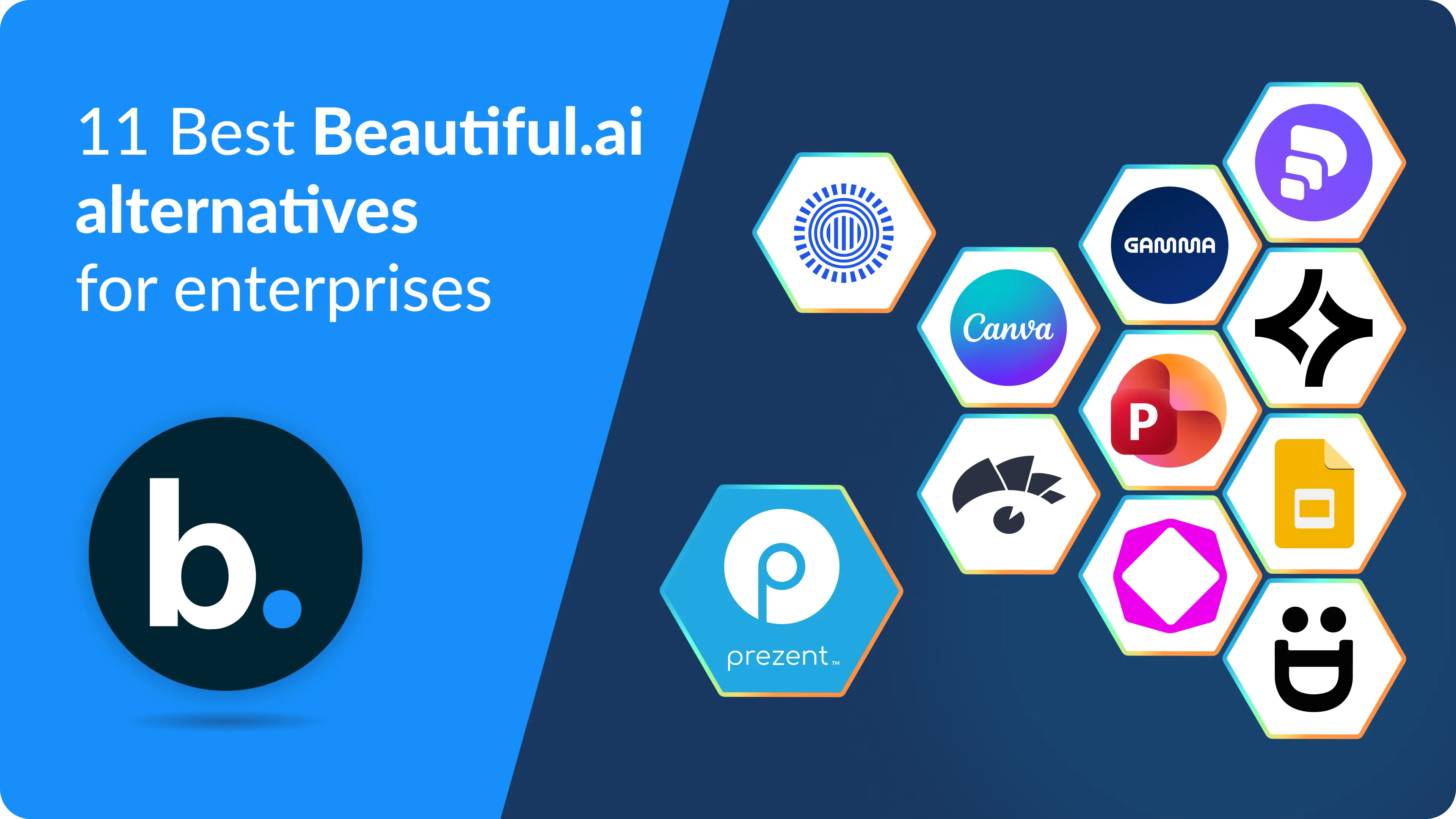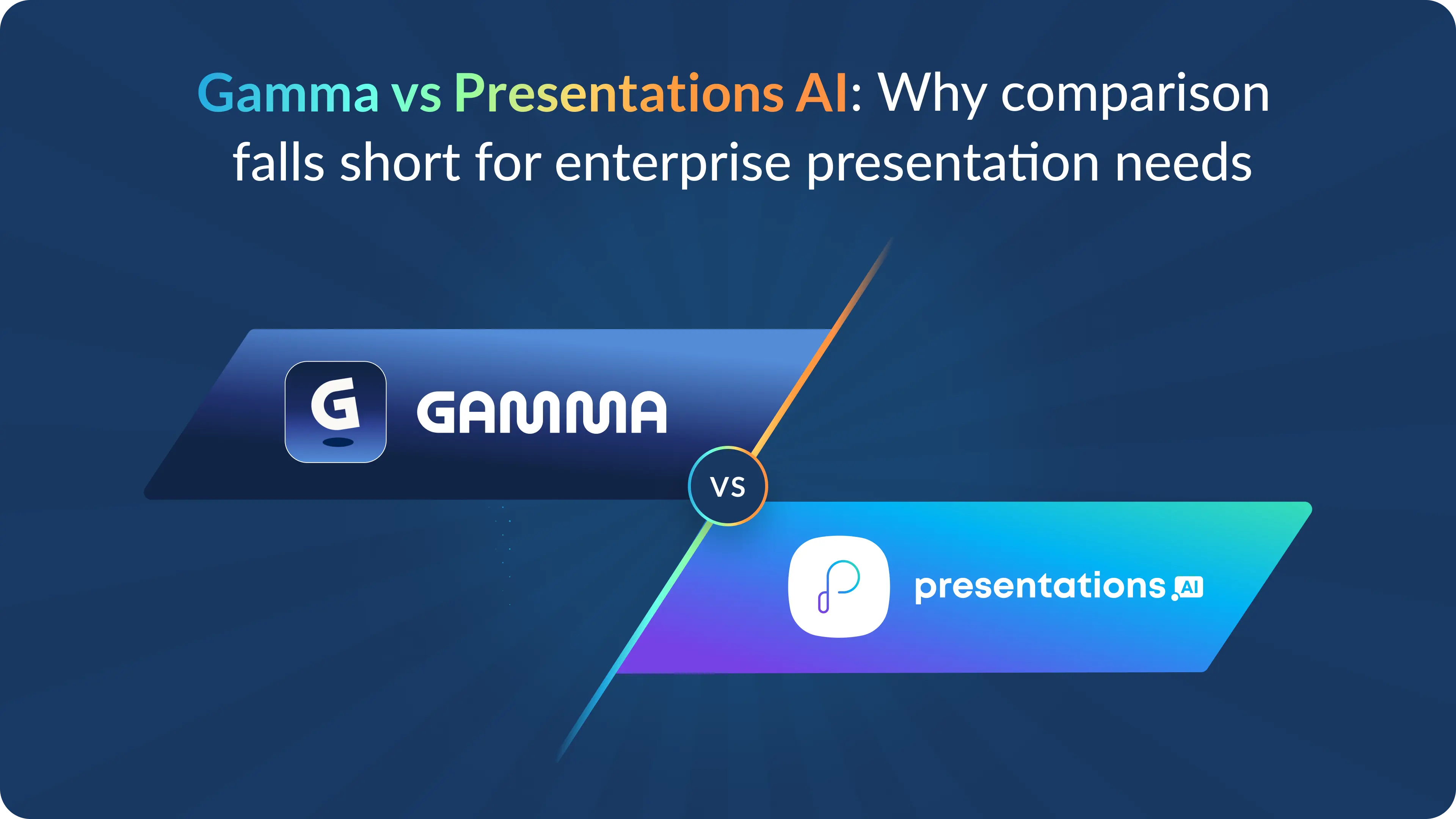Tina Turner's Timeless Hits: 5 Communication Lessons We Can Learn

Tina Turner, one of the greatest musicians of all time, and an American icon is revered on an international scale for her undeniable stardom. Through the use of her powerful voice, and one-of-a-kind stage presence, she has garnered a massive fan base of devoted followers. Besides her unquestionable talent, Turner’s songs also possess powerful messages that convey meaningful insights into effective communication. From topics like love and heartbreak, to self-empowerment, Turner uses her lyrics to resonate with her fans in an authentic way that shows a high level of emotional depth and understanding. Let’s take a moment to review five of Tina Turner’s more popular songs and analyze some of the lessons behind effective communication that each song offers.
1. Song: “What’s Love Got to Do with It”
Lesson: The Complexities of Love and Vulnerability in Communication
In the song “What’s Love Got to Do with It,” Turner sings, “What’s love, but a second-hand emotion?” This line shows that love is a complex emotion and is significantly impacted through communication. This song among others by Turner reminds us that love flourishes when fueled by trust and vulnerability, and both of these traits are essential for transparent communication. It goes further to emphasize that in order to understand and connect with others on a deeper level, we must be able to express our emotions and communicate sincerely.
2. Song: “Proud Mary”
Lesson: The Power of Energy and Passion in Communication
Turner, who is known for her dynamic performances, showcases her energy with “Proud Mary.” As she repeatedly belts, “Rollin’, rollin’, rollin’ on the river,” we can see through live performances how the crowd gravitates towards her energy. In the music industry we see this phenomenon apparent in other “anthem” like songs. When an artist demonstrates passion and energy in performing a message, the overall message is seen as more impactful and thereby resonates with the audience more. The lesson we can derive from Turner’s performance of “Proud Mary,” is when we communicate with enthusiasm and conviction, the overarching theme of our message is received better.
3. Song: “Private Dancer”
Lesson: Importance of Boundaries and Consent in Communication
The notoriety of the song “Private Dancer,” by Turner leaves many listeners with the impression that it is solely about letting loose and having fun with somebody. However, there is a deeper connotation to the song that offers some valuable insight into effective communication. When Turner sings “I’m your private dancer, a dancer for money, I’ll do what you want me to do,” we are presented with narration about a dancer going through the motions of her profession. However, it also reminds us that effective communication is dependent on a mutual understanding between two parties. The exchange of money and dance symbolizes this give-and-take understanding. It reveals that by actively listening, and respecting the boundaries of one another, while seeking consent, we can create a trustworthy environment through all our interactions.
4. Song: “Simply the Best”
Lesson: The Power of Positive Affirmation in Communication
“Simply the Best,” is a song known by many for its themes of self-belief and confidence. Tina Turner aims to make her fans celebrate the greatness that lies within each person and empower them to realize their worth. As she sings, “You’re simply the best, better than all the rest,” she is explicitly conveying how powerful positive affirmations can be in communication. Appreciating the strengths and accomplishments of other people can aid in building confidence within others, and work towards establishing a supportive communication environment. Something as small as complimenting someone and offering genuine praise can serve greatly in creating valuable connections and motivating people.
5. Song: “We Don’t Need Another Hero”
Lesson: Embracing Individuality and Challenging Conformity
In the song “We Don’t Need Another Hero,” Turner sings about her independence and refusal to assimilate with societal norms. When she declares, “We don’t need another hero; we don’t need to know the way home,” we see this fiery defiance to conform to expectations. In many ways, this reinstates the phenomenon about embracing our individuality and ability to challenge ideals in communication. It tells us that it is okay to speak up, and share our perspectives as opposed to just succumbing to conformity. In many ways it encourages us to be agents of change, and value our own voices because it is through our diverse visions that innovation and creativity come to fruition.
In summary, Tina Turner’s songs have not only entertained us over the years, but provide valuable insights into effective communication. From boldly describing the complexities of love, to emphasizing the power of positive affirmations, Turner never fails to remind us of how important vulnerability, individuality, and energy is when communicating with one another. Next time you find yourself listening to Turner, keep your ears in tune with the value of the message being delivered as well as the passion from which it is being sung.











.avif)
